Maltese
Maltese
America’s Elegant and Affectionate Toy Dog
1. Introduction to the Breed
The Maltese, securing the #29 spot in the 2024 American Kennel Club (AKC) rankings, is an elegant and affectionate breed cherished for its delicate beauty and loving personality. Known for their flowing white coats and charming demeanor, Maltese are a favorite among small-dog lovers, seniors, and urban dwellers seeking a devoted lap companion. Their compact size and hypoallergenic coat make them ideal for apartments or cozy homes, where their playful yet gentle nature brings warmth and joy.
2. History of the Breed
Originating over 2,000 years ago in the Mediterranean, likely on the island of Malta, Maltese were bred as companions for nobility, valued by ancient Greeks, Romans, and European aristocracy. Their silky coats and charming personalities made them royal favorites, often depicted in art. Recognized by the AKC in 1888, Maltese gained U.S. popularity for their show-stopping appearance and affectionate nature, excelling in dog shows and as pampered pets. Their timeless elegance and historical significance continue to captivate admirers.
3. Physical Characteristics
- Typical Size and Weight: Maltese are toy-sized, standing 7–9 inches tall at the shoulder and weighing 4–7 pounds, with a delicate, compact build.
- Coat and Color: Their long, silky, single-layered coat is pure white or light ivory, hypoallergenic, and grows continuously like human hair. Pet owners often opt for shorter clips for easier care.
- Distinctive Features: Maltese have a rounded head, large, dark eyes, and a black nose, giving them an expressive, doll-like face. Their drop ears and plumed tail enhance their graceful, elegant appearance.
4. Personality Traits
Maltese are affectionate, playful, and bold, with a lively personality that defies their tiny size. They form strong bonds with their owners, thriving on attention and gentle interaction with older children or familiar pets. Their alert nature makes them vocal, often barking at strangers or noises, but they’re rarely aggressive. Maltese are intelligent but can be stubborn, suiting owners who provide consistent training and plenty of affection to prevent separation anxiety in their companion-driven nature.
5. Care Requirements
- Exercise Needs: Maltese need 20–40 minutes of daily exercise, such as short walks, indoor play, or light fetch games. Mental stimulation through training or puzzle toys keeps their curious minds engaged.
- Grooming Needs: Their coat requires daily brushing to prevent matting, with professional grooming every 4–6 weeks for long coats or shorter pet clips. Regular ear cleaning, nail trimming, and dental care are crucial, as they’re prone to dental issues.
- Dietary Considerations: A small-breed diet with high-quality proteins supports their energy and coat health. Portion control prevents obesity, and foods with omega fatty acids reduce skin sensitivities. Avoid table scraps to maintain dental and digestive health.
6. Health and Lifespan
Maltese have an average lifespan of 12–15 years. Common health issues include patellar luxation, dental disease, white shaker syndrome (tremors), and tear staining. Their small size makes them prone to injuries from falls. Regular vet checkups, dental cleanings, and genetic screenings mitigate risks. Owners should monitor for dental issues, eye tearing, or tremors and ensure a safe environment to protect their delicate frame. A balanced diet supports long-term health.
7. Training and Socialization
Maltese are intelligent but can be stubborn, requiring patient, positive reinforcement training with treats or praise. Short, engaging sessions keep their attention, as their playful nature may lead to distraction. Early socialization ensures comfort with strangers, children, and other animals, reducing excessive barking or shyness. Teaching commands like “quiet” and “stay” helps manage their vocal tendencies. Consistent training prevents “small dog syndrome” and fosters a well-mannered Maltese.
8. Ideal Home Environment
Maltese thrive in apartments or small homes, making them ideal for urban dwellers, seniors, or singles. Their tiny size suits cozy indoor spaces with soft bedding for lounging. A secure, small yard is sufficient for light play, but they prefer staying close to their owners. Owners should provide a nurturing, social environment to prevent separation anxiety and ensure a safe setting to protect their delicate build from rough handling or falls.
9. What’s the Best Toy for My Maltese?
Maltese enjoy toys that suit their playful, delicate nature and small size. Soft chew toys made of gentle rubber satisfy their mild chewing instincts, providing 10–15 minutes of engagement, especially when stuffed with treats for light mental stimulation. Plush toys without squeakers are ideal for cuddling or gentle tossing, perfect for 10–15 minute indoor play sessions to match their moderate energy. Small, lightweight balls for rolling encourage light chasing, suitable for their tiny build. Interactive puzzle toys with treat compartments engage their curious minds, keeping them occupied for 10–15 minutes indoors. Avoid hard or oversized toys that could harm their delicate jaws. Rotate toys regularly and pair with gentle games to maintain engagement.
10. Adoption and Breeder Tips
Choose breeders affiliated with the American Maltese Association, ensuring health clearances for knees, eyes, and neurological conditions like white shaker syndrome. Visit the breeder to assess puppy health, meet parents for temperament insights, and confirm ethical practices, including socialization and clean facilities. Rescues like Maltese-specific organizations offer adoptable dogs, often with known histories. Avoid puppy mills, as Maltese are prone to health issues if poorly bred. Ask about genetic testing, coat care, and socialization practices to ensure a healthy, well-adjusted dog suited to your lifestyle.
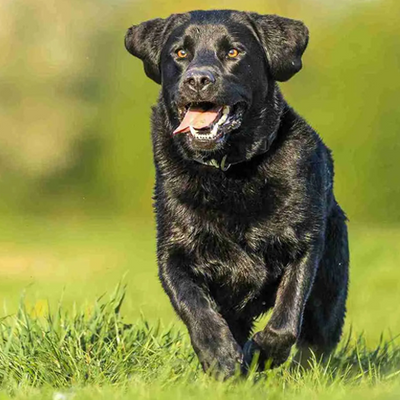
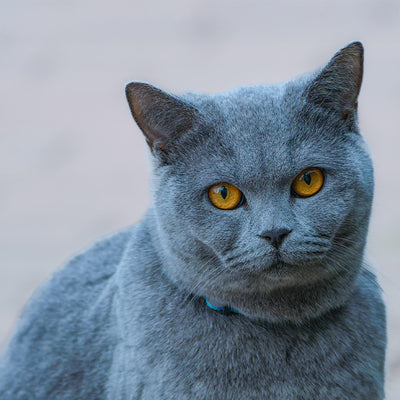
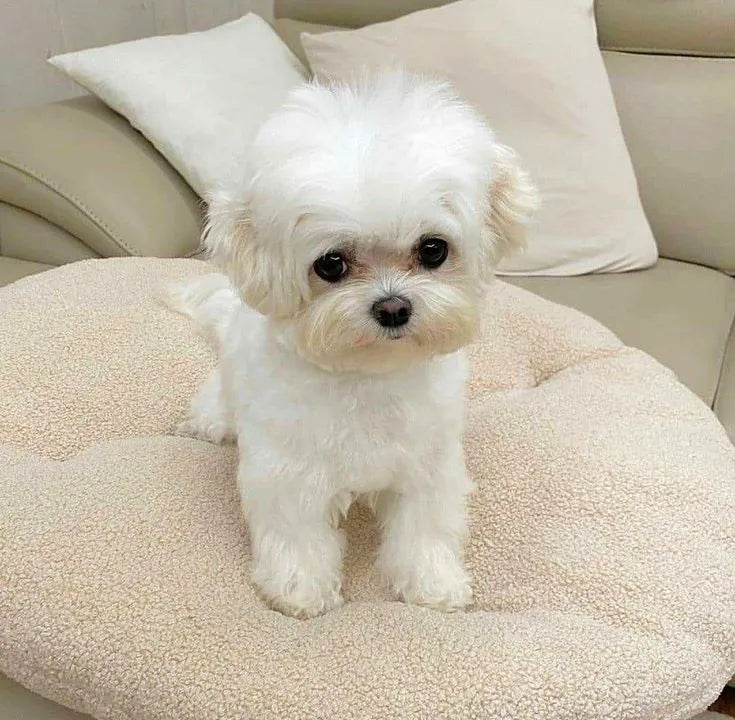
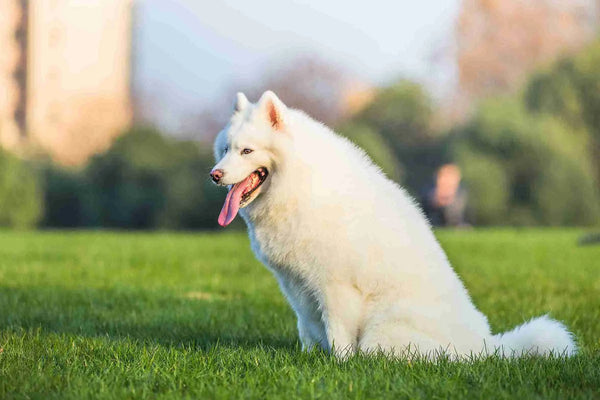

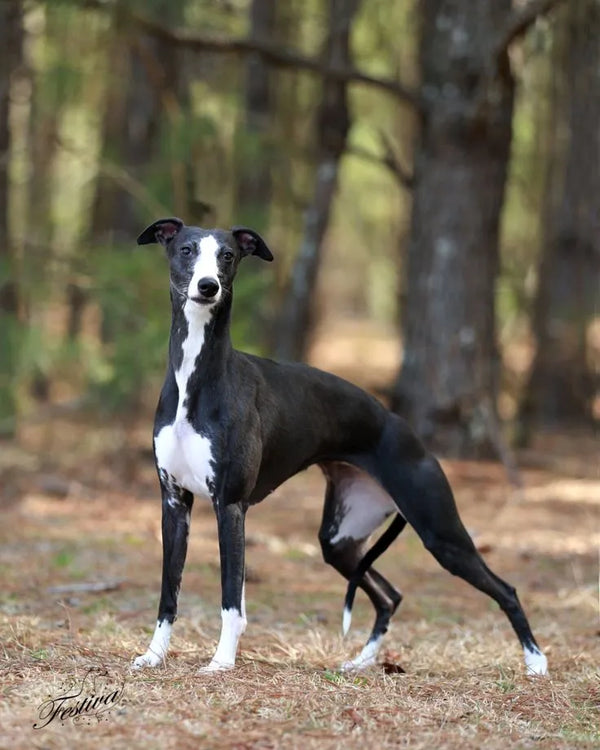
0 comments